I Keep Seeing Decorative Countertop Edges Everywhere — The Trending Detail Making Kitchens Feel So Much More Magical
We're always on the hunt for ways to elevate our kitchen design, and this just might be my new favorite
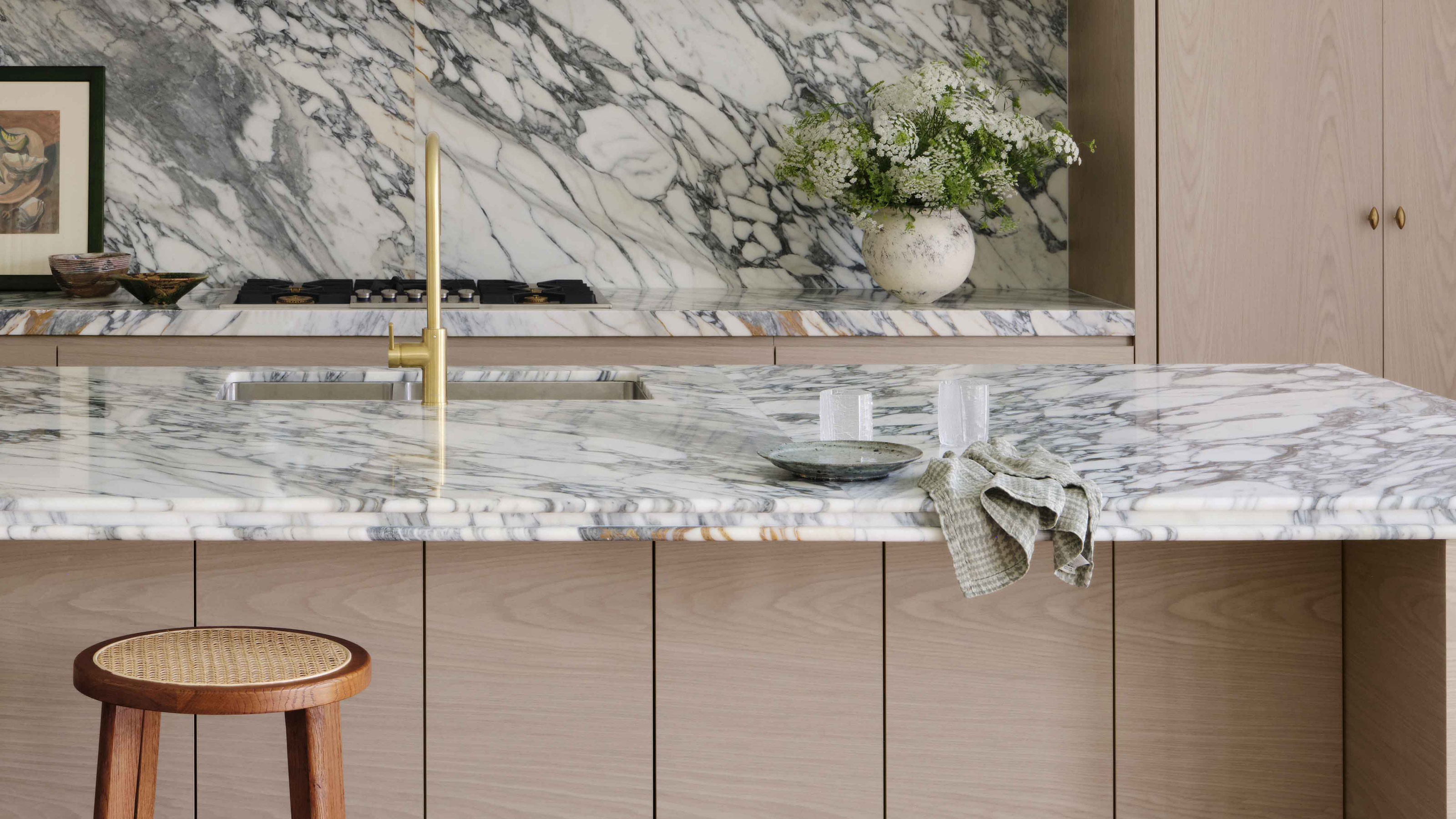

Selecting the right countertop can be one of the most paramount decisions when designing your dream kitchen. From material and thickness to finish, it can feel as though there are endless options that will each uniquely impact the way the finished product looks. It’s a decision that can set the tone for the rest of the space, so you want to make sure you're choosing something you love and that is reflective of your personal style.
After endless searching, the same old slab can start to feel a little… same old. That’s why we were so excited to see the arrival of decorative countertop edges. Popping up in a few of our favorite designers' works, this look adds the depth and complexity needed in an excellent countertop trend.
Proving the power of little details, this unique touch is the exact thing that can instantly transform your kitchen from, dare we say it, basic to editorial. If you’re striving for a state-of-the-art feel, like something you’d find flicking through the pages of one of your favorite decor magazines, this small switch will take you there — though don't get me wrong, it's definitely a luxury design detail.
I've found some of my favorite examples of decorative countertop edges, and asked the designers behind them what each style brings to a kitchen.
Why Use a Decorative Countertop Edge?
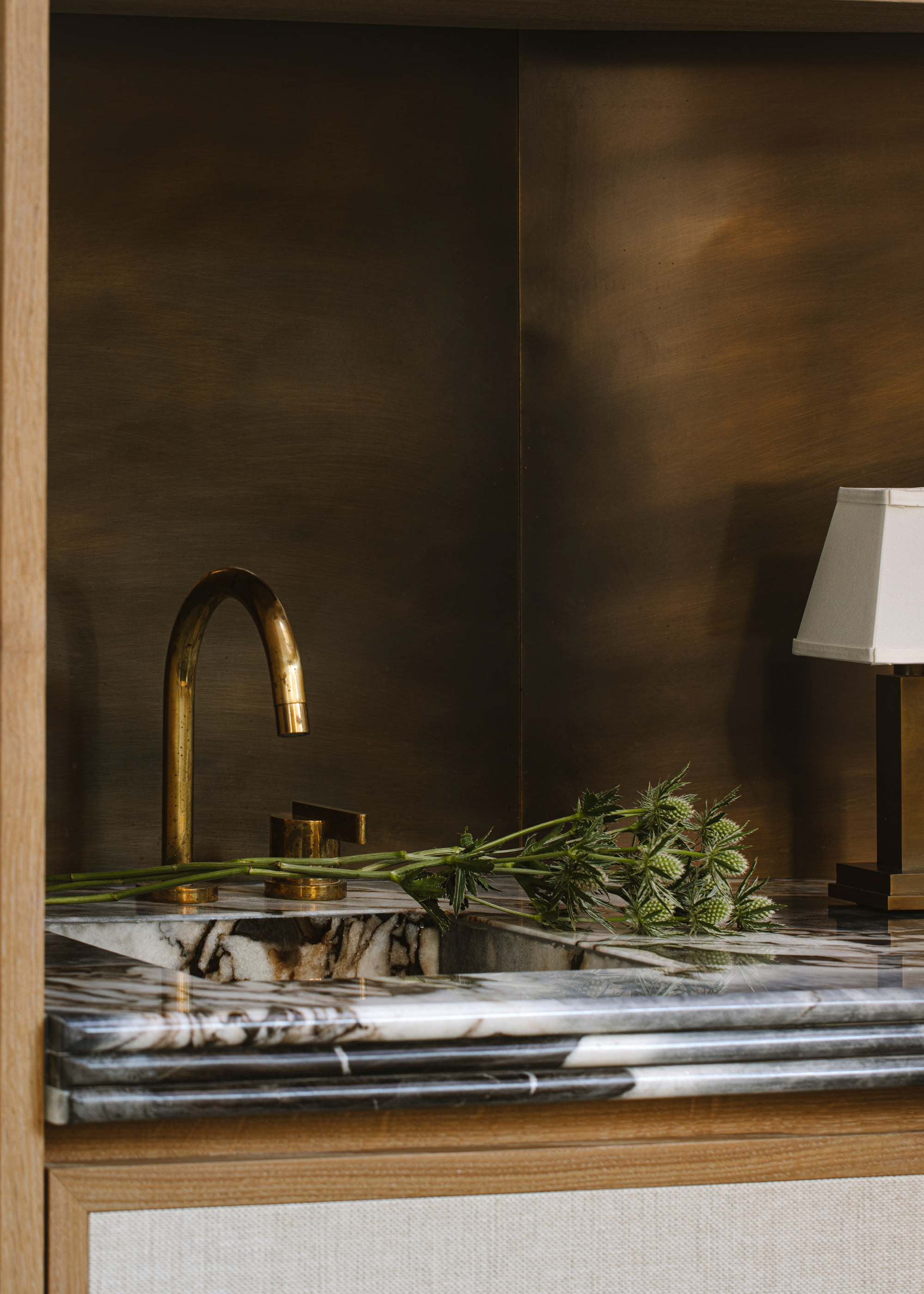
The bronze backsplash complements the already luxurious marble countertop.
These detailed finishes can bring some more sophistication and character to your home kitchen, making it feel more thoughtful in its design. And with the many kitchen countertop materials, finding the perfect edge to match your home's aesthetic is just as important. "Counter edges are an often-overlooked detail, but they have the power to transform a space," explains Marie Flanigan, an interior designer who regularly uses these features in her projects.
She explains, "These details add depth and intentionality, turning countertops into statement pieces." We love the idea of highlighting your countertop, especially when you're using a naturally beautiful material like marble. Adding an edge detail only further emphasizes the existing beauty of the stone. However, this design can look striking, as can marble alternatives.
For interior designer Shona McElroy, a decorative countertop edge acts as a way to bring "softness and an ode to tradition" into her designs. She explains that "in designs that verge on traditional, I think these are a really great way to elevate."
It can be hard to find details that feel modern while still adding a sense of softness and tactility to your designs, something that these edge designs manage to achieve with ease.
1. Fluted Edges
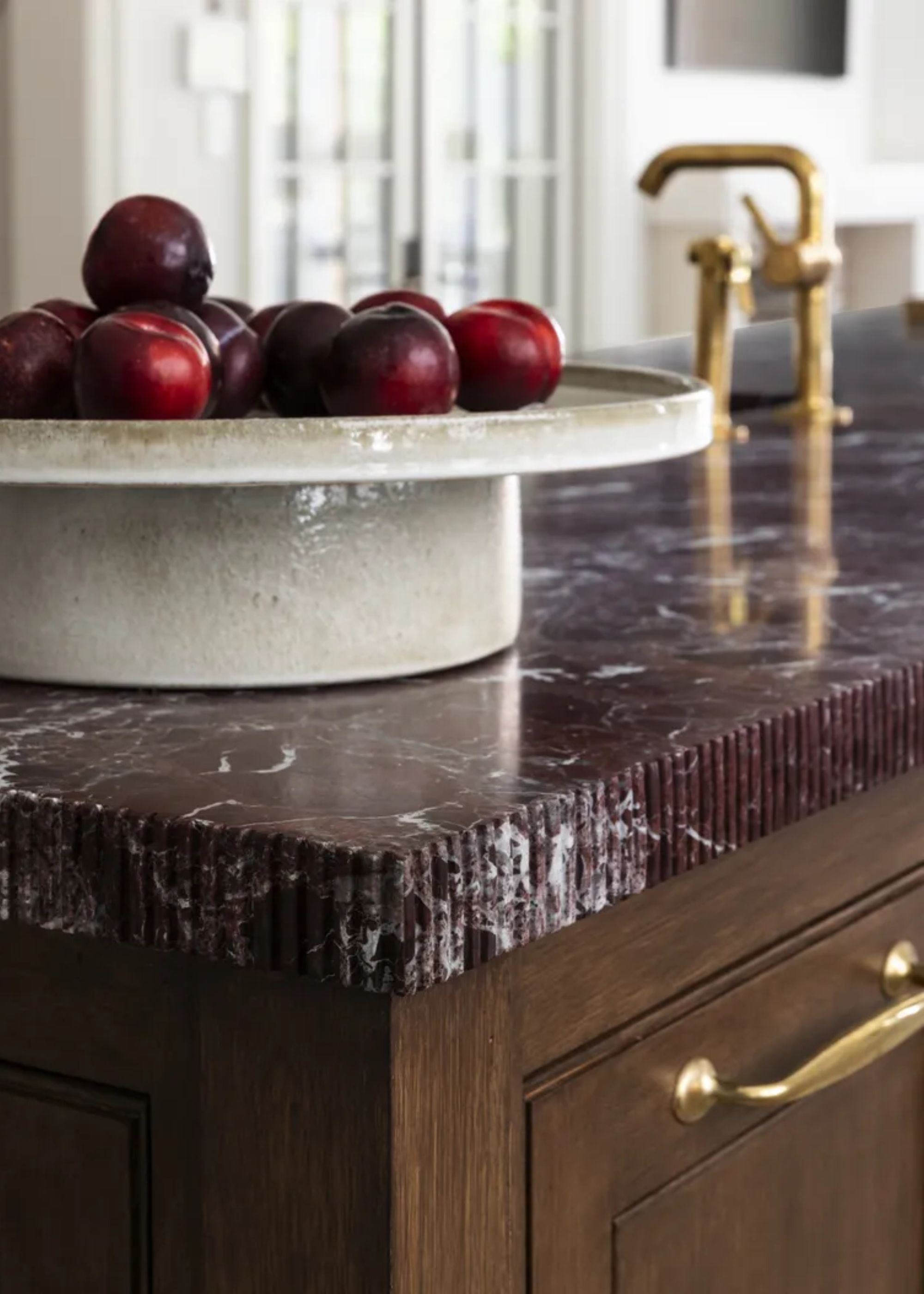
Fluted edges bring a playful yet elegant touch to your kitchen.
Fluted materials have been one of our favorite kitchen trends of the past year, especially when it comes to kitchens, fluted kitchen islands were a particular highlight, so it's no surprise that this edge detailing caught our eye.
"A fluted edge feels tailored and refined," explains Marie, who combined this finish with wooden cabinets and a deep red marble for a richly textured and warm design. "Fluted edges add elegance to a powder room vanity or a butler’s pantry," she says. And we can't help but agree.
2. Ogee Edges
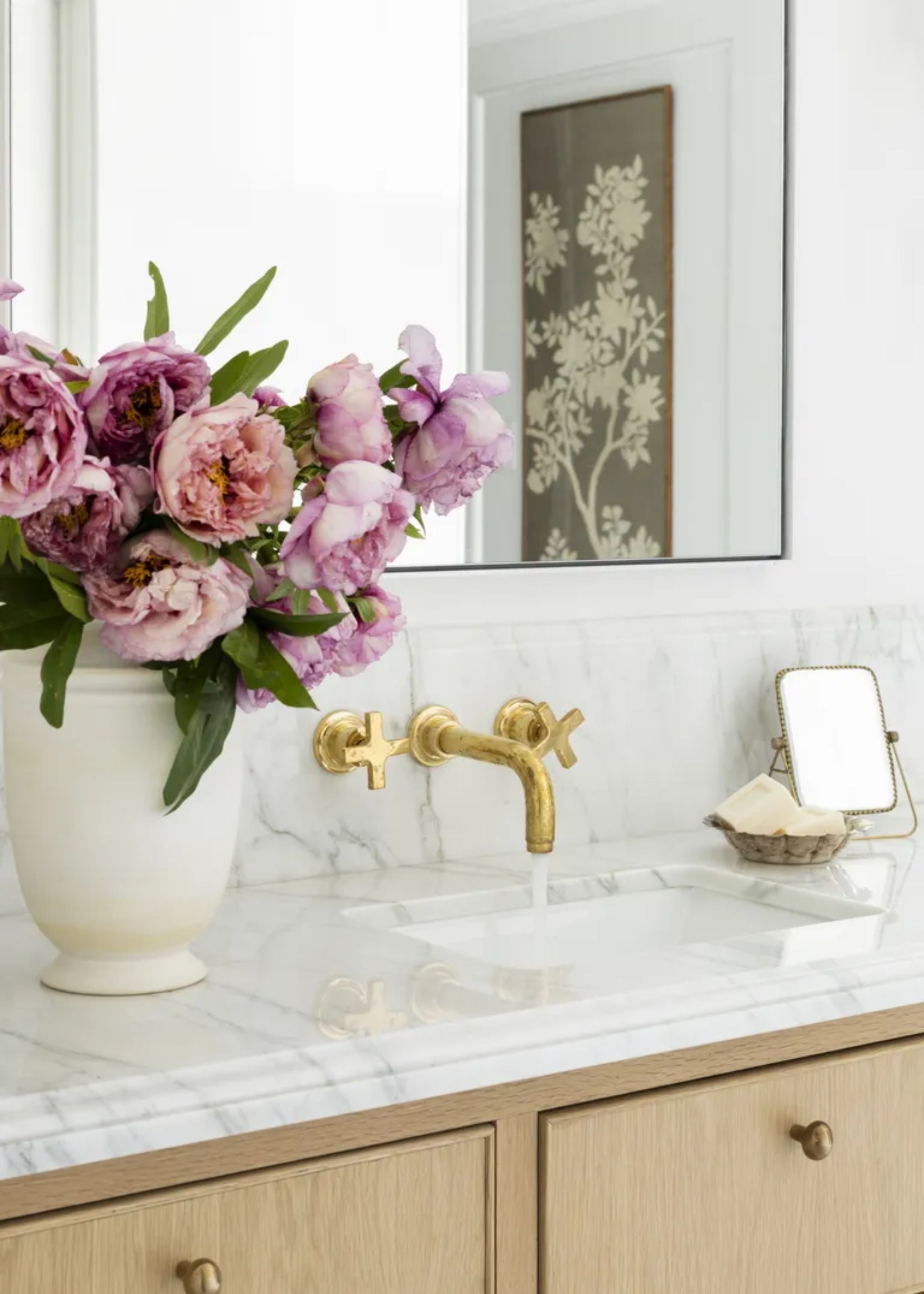
This style adds a gentle curve to your countertops.
Ogee refers to the S curve seen in the profile of these edges, which brings a soft fluidity to these countertops. Coming from the Gothic architectural feature, the ogive was a pointed arch commonly used in grand buildings.
Marie says, "An ogee profile nods to tradition and craftsmanship." She explains that "ogee edges work beautifully in traditional kitchens or primary bath retreats." These offer a more traditional feel that works particularly well with natural stone finishes.
3. Honed Edges
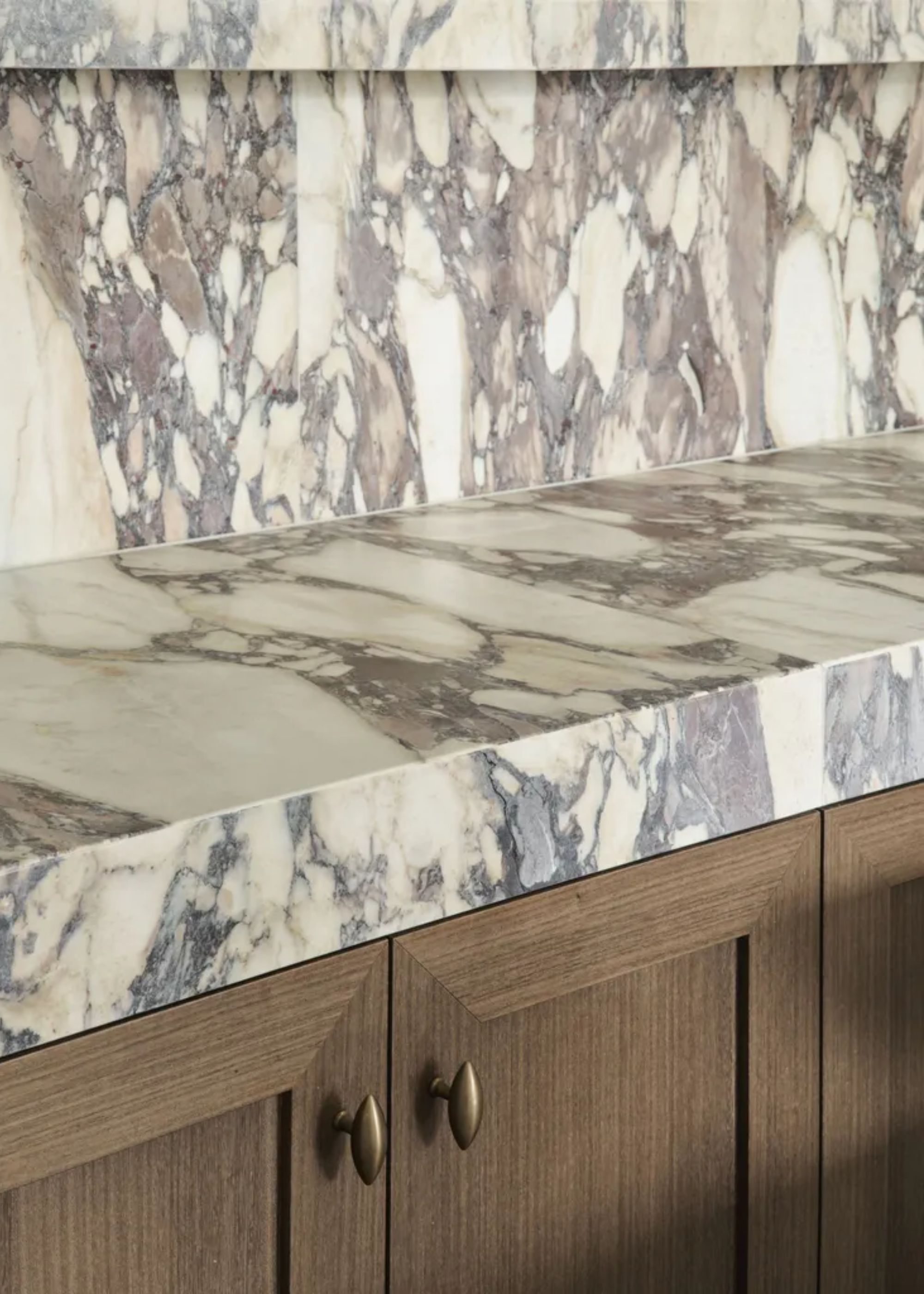
Honed edges give an organic feel, perfect for rustic style kitchens.
A honed worktop refers to the act of grinding the stone to create a matte, almost satin finish, unlike the traditional shiny edge you'd find on polished counters. This creates an overall softer and more subtle effect, making the kitchen feel more rustic, perfect for modern farmhouse kitchens.
As Marie explains, "A honed edge is incredibly versatile. It offers a more relaxed, modern feel that pairs well with nearly any setting."
This look would work equally well in bathrooms as it would in the kitchen.
4. Tiered Design
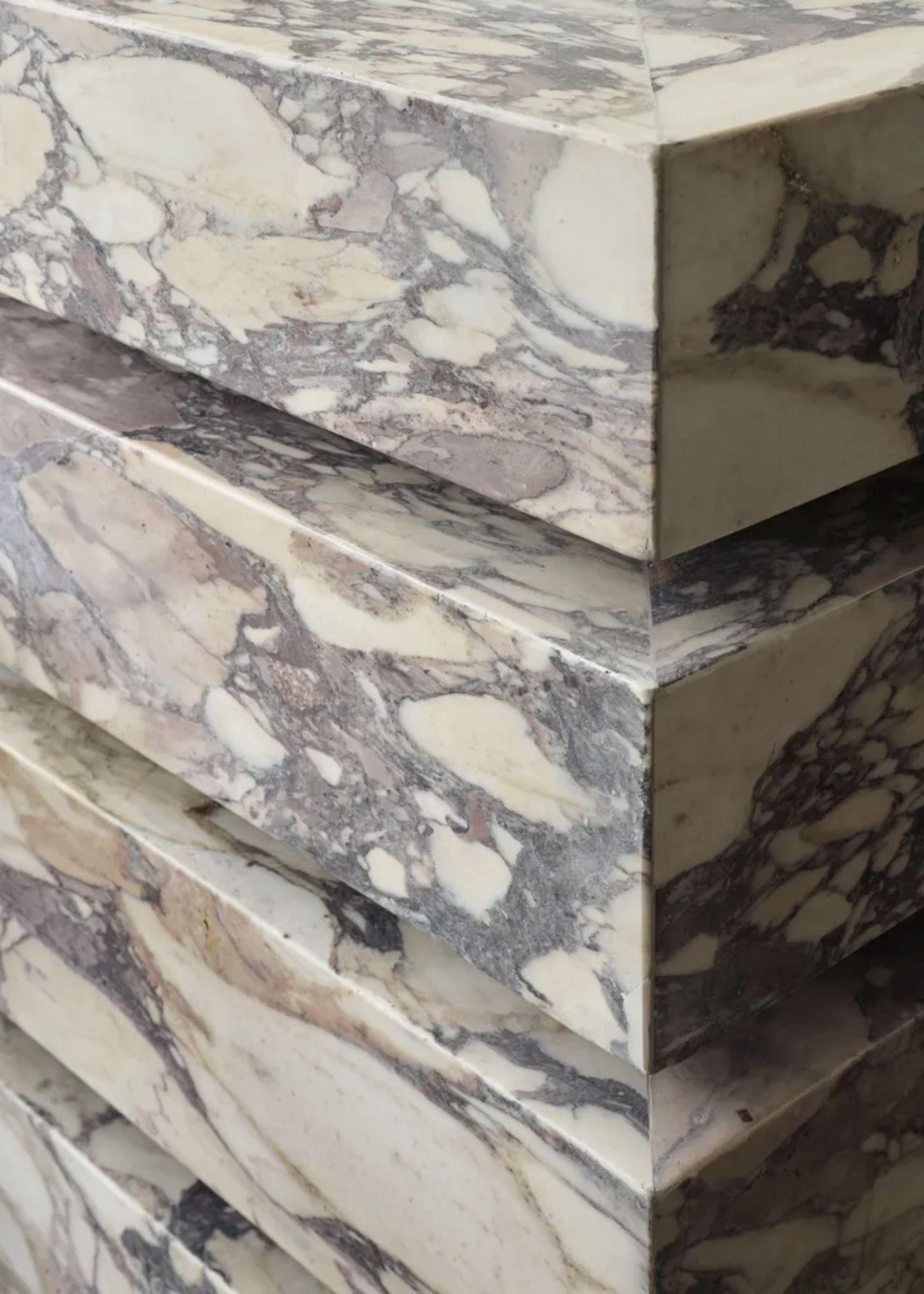
This tiered effect is a modern touch to bring to minimalist kitchens.
This cool, layered design by Smac Studio is the statement making addition any modern kitchen would benefit from.
The recessed lines create the illusion of floating sheets of marble, making for a kitchen counter that looks like it could belong in an art gallery. This would be a truly unique design feature that would set your kitchen out from the rest, though its still subtle enough that you'd never grow sick of it.
Shona recommends working with marble when attempting to achieve this look, as the material is the best suited to this style of carving.
5. Triple Bullnose
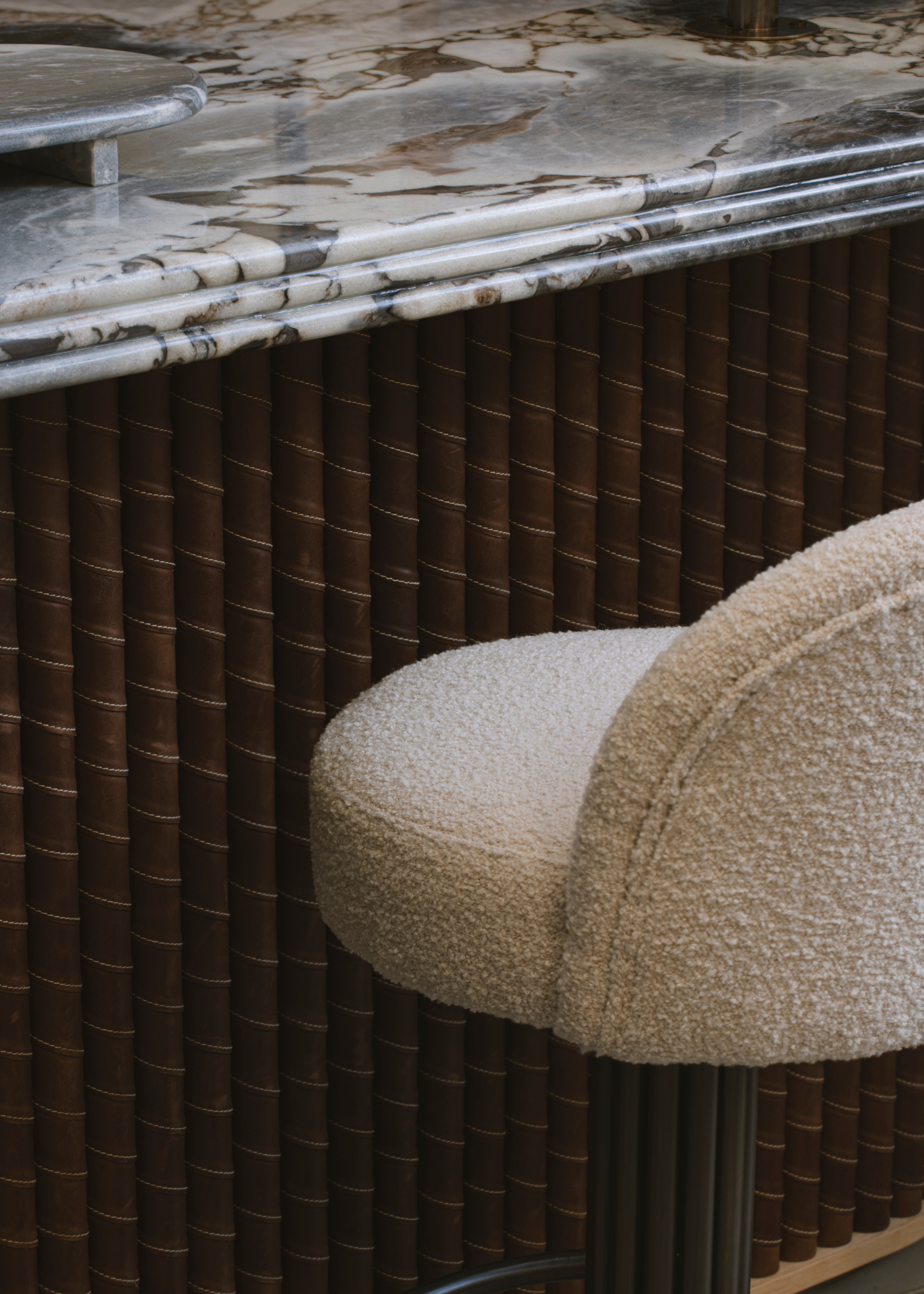
Opting for a fluted bar with a rounded countertop edge brings more softness and fluidity to your home.
When designing this home, Annie Harrison, lead designer at Fare Inc., was inspired by the transportive sense of hospitality found in the best hotel and restaurant bar areas. "We wanted to instill a sense of true hospitality design into this corner of the home, and detailed countertops are always something we have a lot of fun designing in bars and restaurants," Annie says.
Opting for an intricately layered design known as the 'triple bullhorn' offered exactly that: it oozes luxe and gives your home that 5-star feeling.
"The triple bullnose gave the counter a really chunky yet softened feel to the overall look of the home bar and gave us the opportunity to play with the veining of the marble," Annie explains. "Here, we used it in a previously unloved corner of a living room to create a feature bar, but it could work well on a small scale on a power room vanity or shower niche shelf. A smaller area also gives you the opportunity to be bolder with the marble and go for something more dramatic."
6. Dupont Rounded Edge
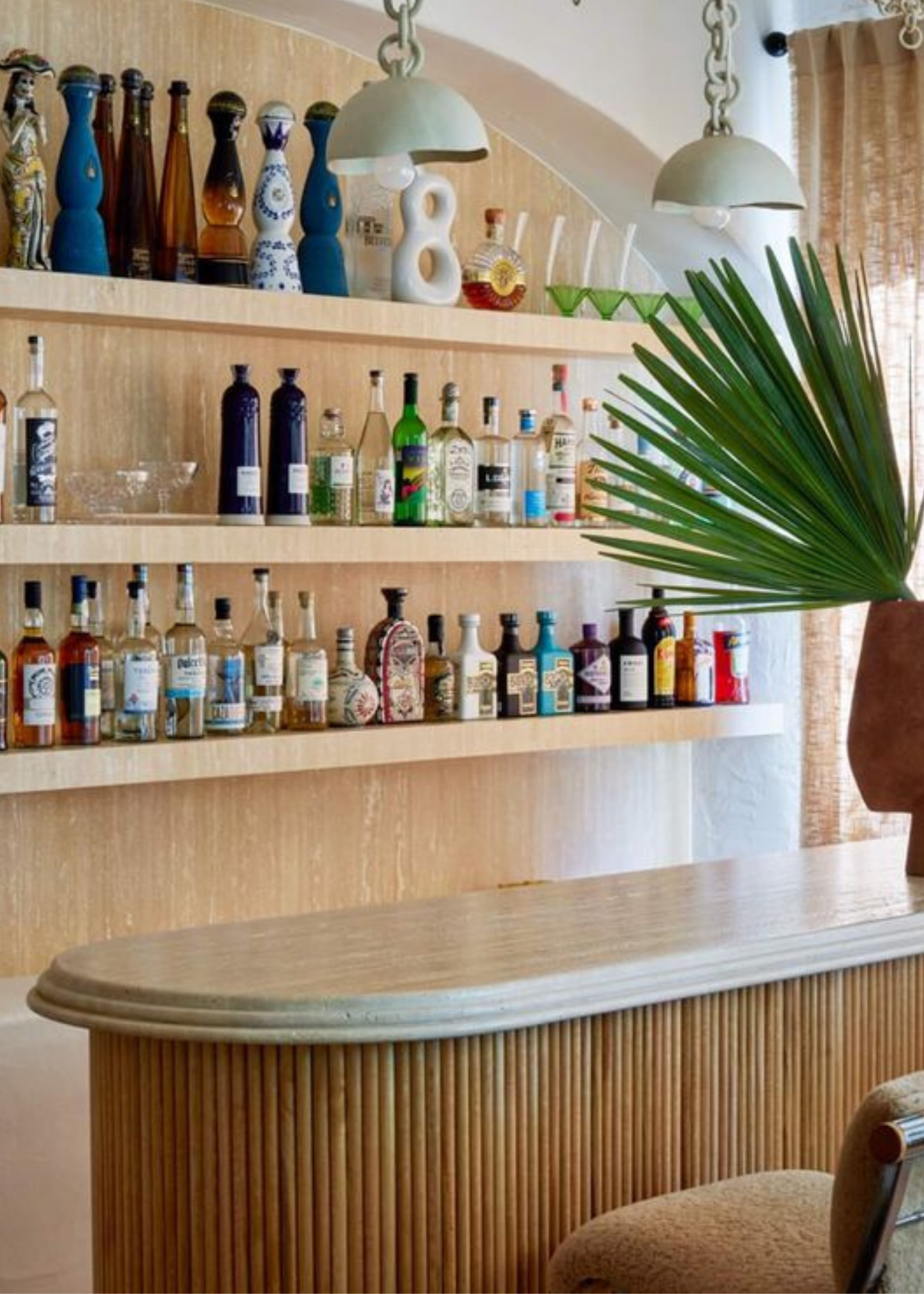
Brittny Button suggests trying this design out in bathrooms for a more luxe feel.
Curved and elegant, this countertop detail is something to consider and one dripping in style and elegance. "When designing this bar I wanted there to be a sophisticated ease with the functionality," explained Brittny Button, founder of Button Atelier.
Aiming to create a bar area that oozed luxury, Brittny chose to utilize soft, curving lines. "I played with different sight lines by using vertical reeded wood on the base of the island juxtaposed with horizontal bar shelving and combined it with a cove dupont rounded countertop edge," she says. "It's typically squared off. The rounded edges lend itself to the versatility of wear and conveys pure luxury."
FAQs
When Would a Decorative Edge Not Work?
This gorgeous design feature is not necessarily suited to every situation, and some rooms may require the simplicity of a traditional countertop. "Some modern or minimalist spaces call for simplicity, where a sleek, straight edge is often a great choice," says Marie. "In high-traffic areas where durability is key, a simpler edge may also be the more practical option to prevent chipping over time."
The type of material you are working with will also affect the final product, while marble is a safe bet, other less durable fabrics may not stand the test of time. "I wouldn’t recommend these types of edges in polished plaster or concrete due to the risk of chipping, and they are fiddly and expensive to fix," says Annie.
Overall, Marie says, "Ultimately, it’s about balance — choosing the right level of detail to enhance the space without overpowering it."
Now that we've convinced you of the wonders of a countertop edge design, perhaps it's time to have a think about the material of your counters.
You could keep it classic, and go with a marble kitchen, but we'd encourage you to think about some more unusual kitchen materials.
Be The First To Know
The Livingetc newsletters are your inside source for what’s shaping interiors now - and what’s next. Discover trend forecasts, smart style ideas, and curated shopping inspiration that brings design to life. Subscribe today and stay ahead of the curve.

Maya Glantz is a Design Writer at Livingetc, covering all things bathrooms and kitchens. Her background in Art History informed her love of the aesthetic world, and she believes in the importance of finding beauty in the everyday. She recently graduated from City University with a Masters Degree in Magazine Journalism, during which she gained experience writing for various publications, including the Evening Standard. A lover of mid-century style, she can be found endlessly adding to her dream home Pinterest board.
-
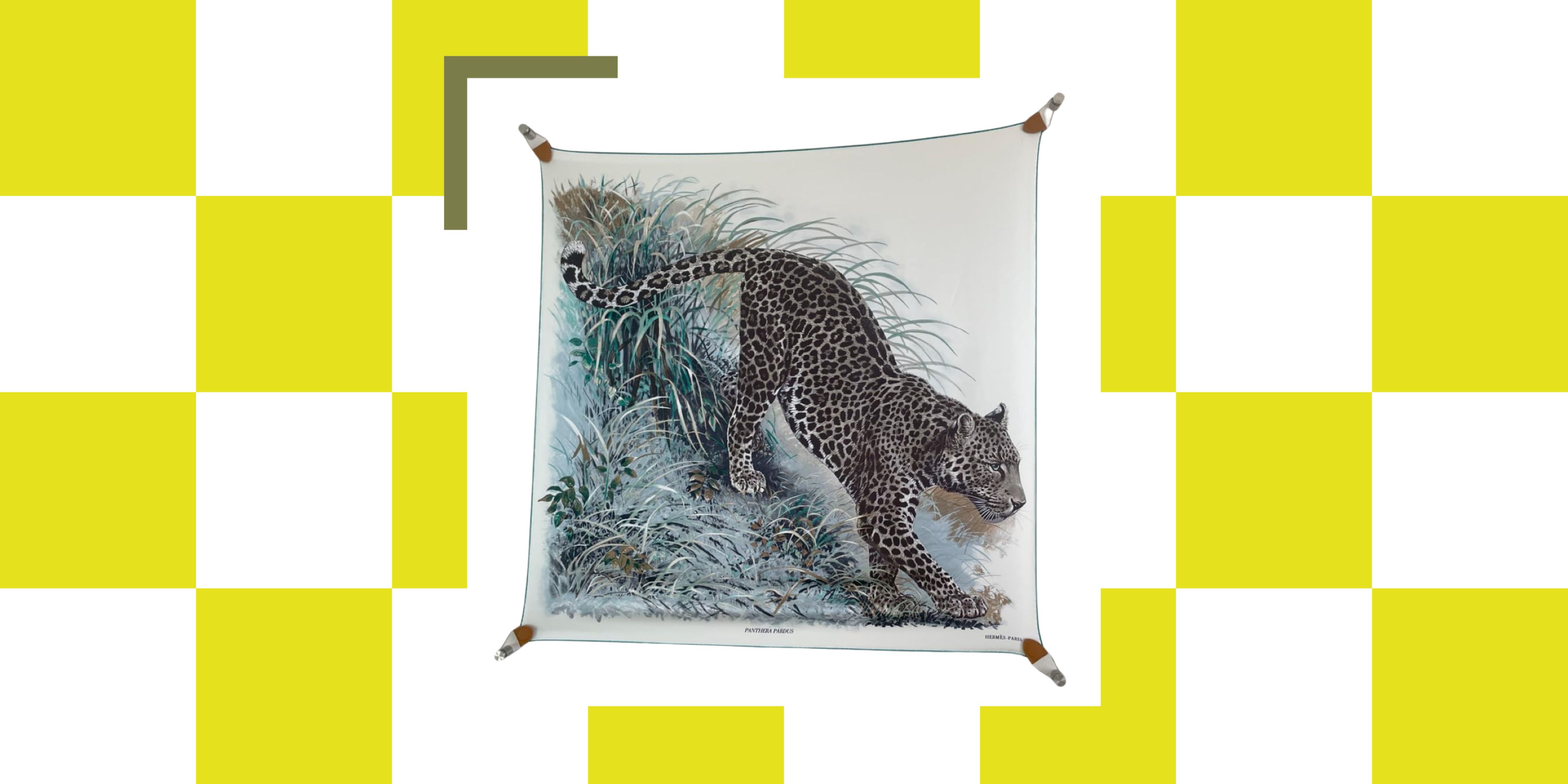 The Easiest Way to Turn Your Designer Scarf Into Wall Art — No Frame, No Fuss, No Regrets
The Easiest Way to Turn Your Designer Scarf Into Wall Art — No Frame, No Fuss, No RegretsBecause silk this pretty should never stay in a drawer
By Julia Demer Published
-
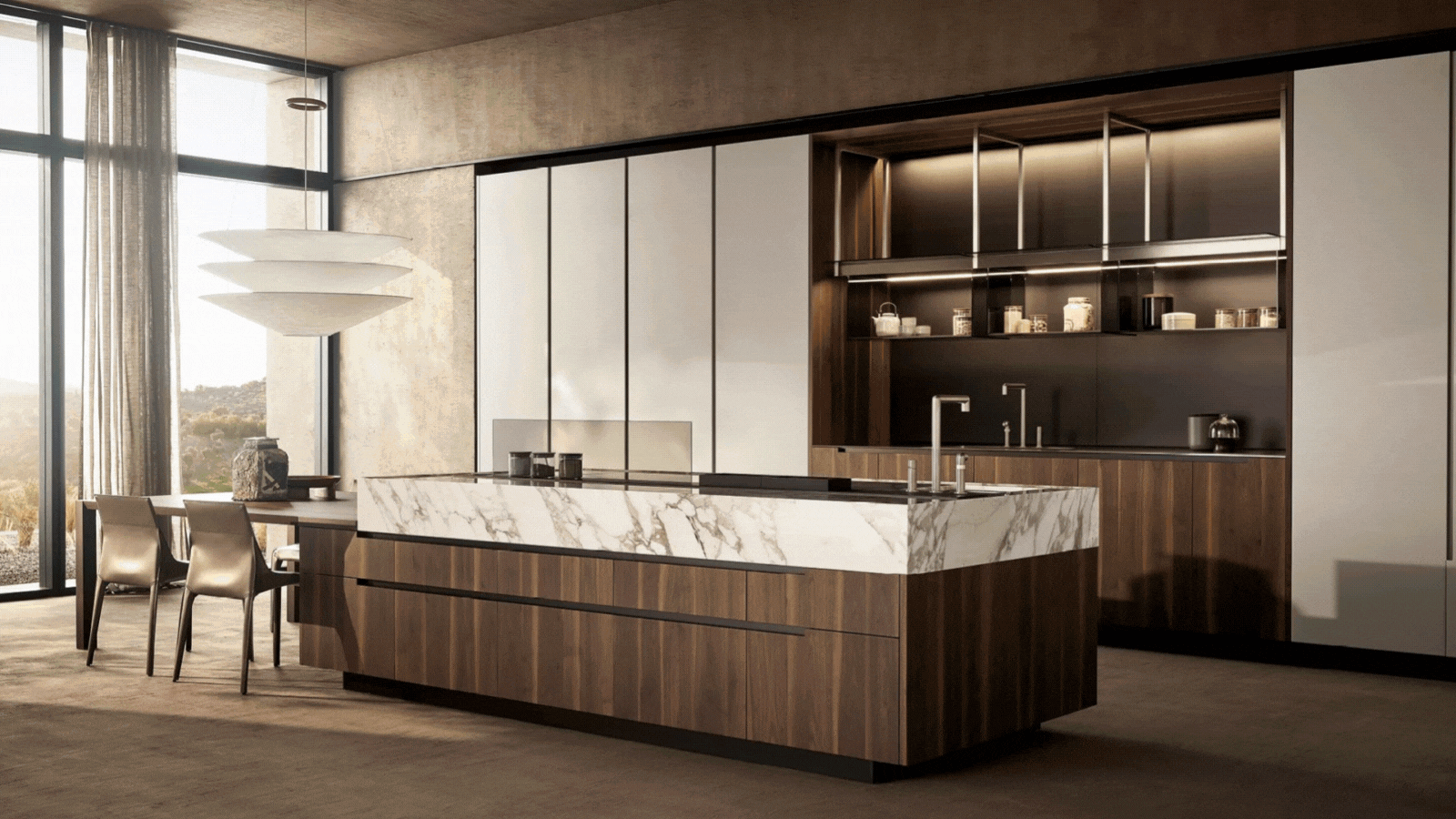 Italian Kitchen Trends — 5 Emerging Ideas From the Chicest Italian Designers That I Predict Will Go Global in 2025
Italian Kitchen Trends — 5 Emerging Ideas From the Chicest Italian Designers That I Predict Will Go Global in 2025Fresh from Milan Design Week, these are the exciting finishes, styles, and innovative materials I can't wait to see in more kitchens this year
By Faiza Saqib Published
-
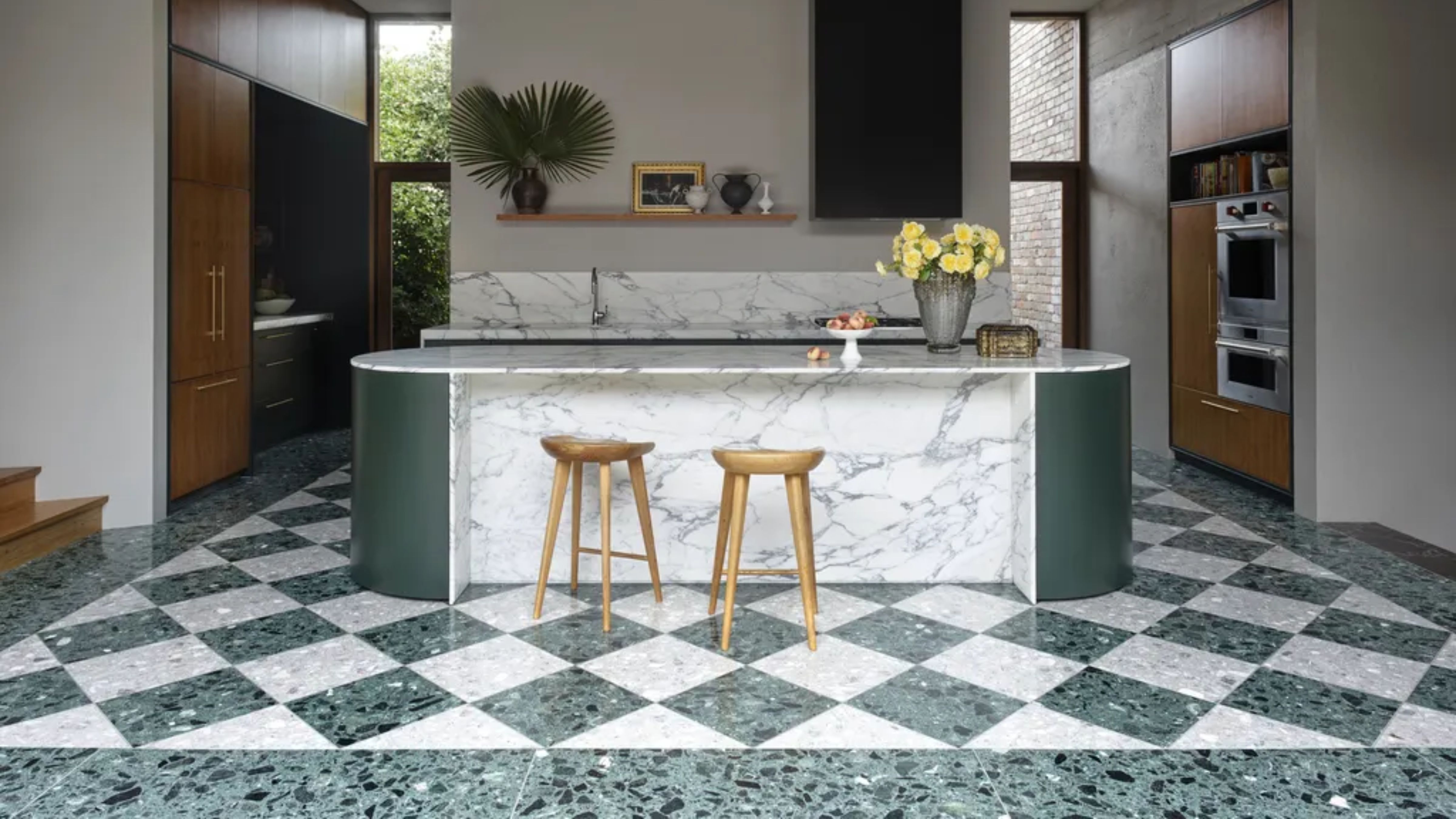 Smeg Says Teal, and We’re Listening — The Kitchen Shade of the Year Is Here
Smeg Says Teal, and We’re Listening — The Kitchen Shade of the Year Is HereDesigners are already using the soft, sea-glass green everywhere from cabinetry to countertops
By Julia Demer Published
-
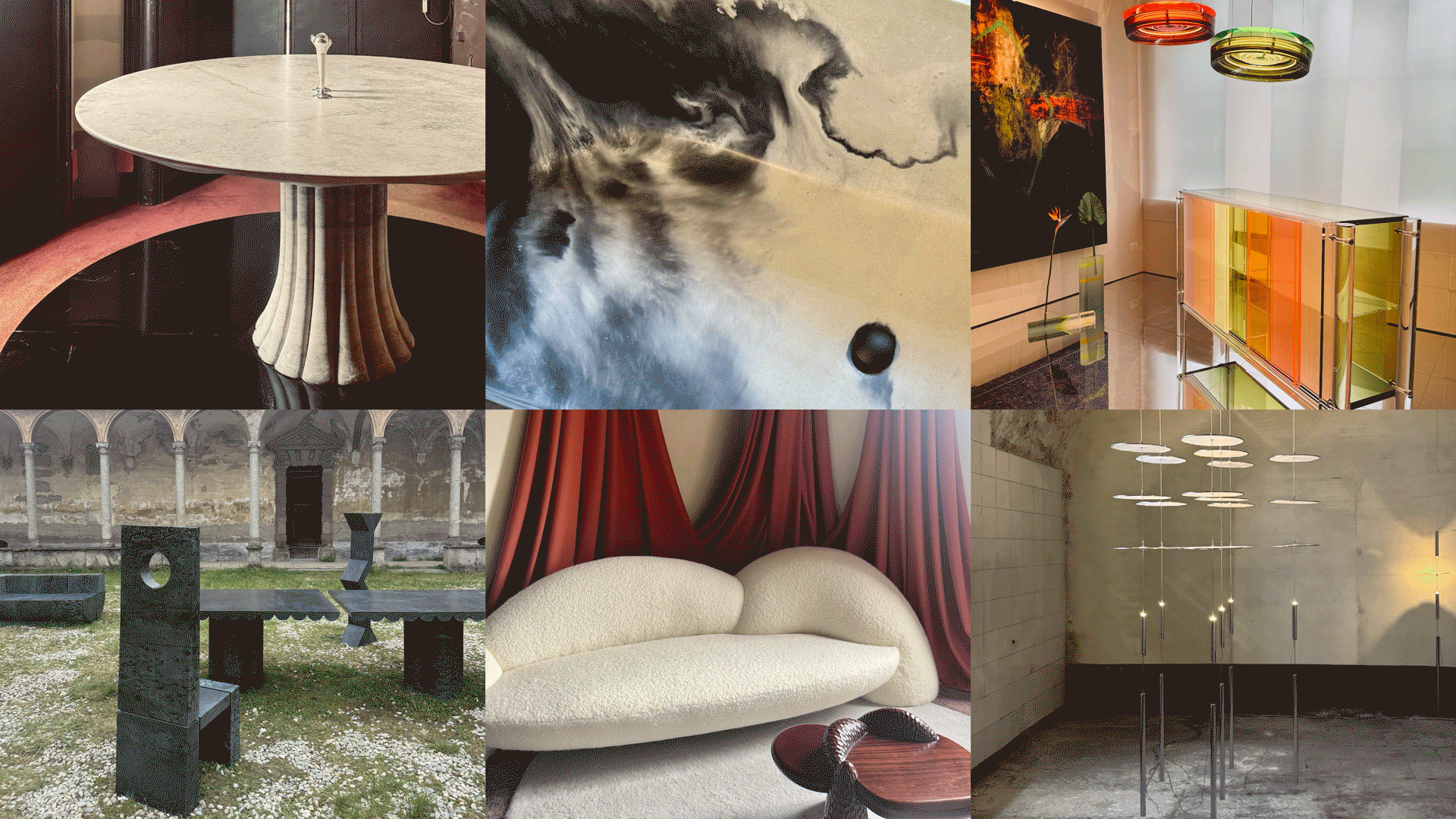 Straight from Salone: 5 Emerging Trends I Found in Milan That'll Shape Interiors for the Year Ahead
Straight from Salone: 5 Emerging Trends I Found in Milan That'll Shape Interiors for the Year AheadFrom reflective silver to fluidity, here's my perspective on the key themes and new moods coming through from Milan Design Week
By Sarah Spiteri Published
-
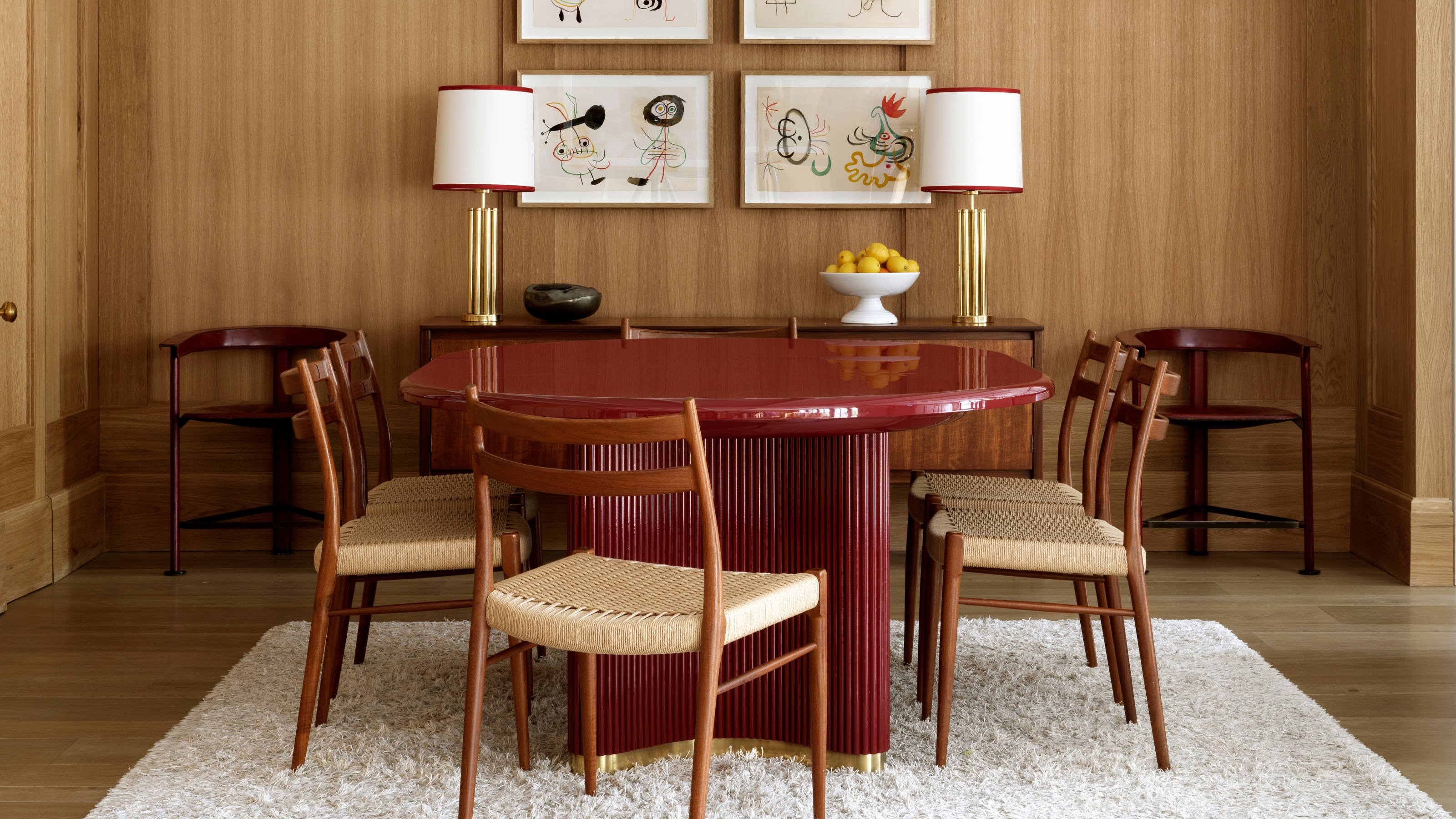 The 'Red Table Trick' Is the Easiest and Most Expensive-Looking Trend to Hit 2025 So Far
The 'Red Table Trick' Is the Easiest and Most Expensive-Looking Trend to Hit 2025 So FarA red dining table makes a seriously stylish statement; the beloved pop of red trend just got an bold and expensive-looking upgrade
By Olivia Wolfe Published
-
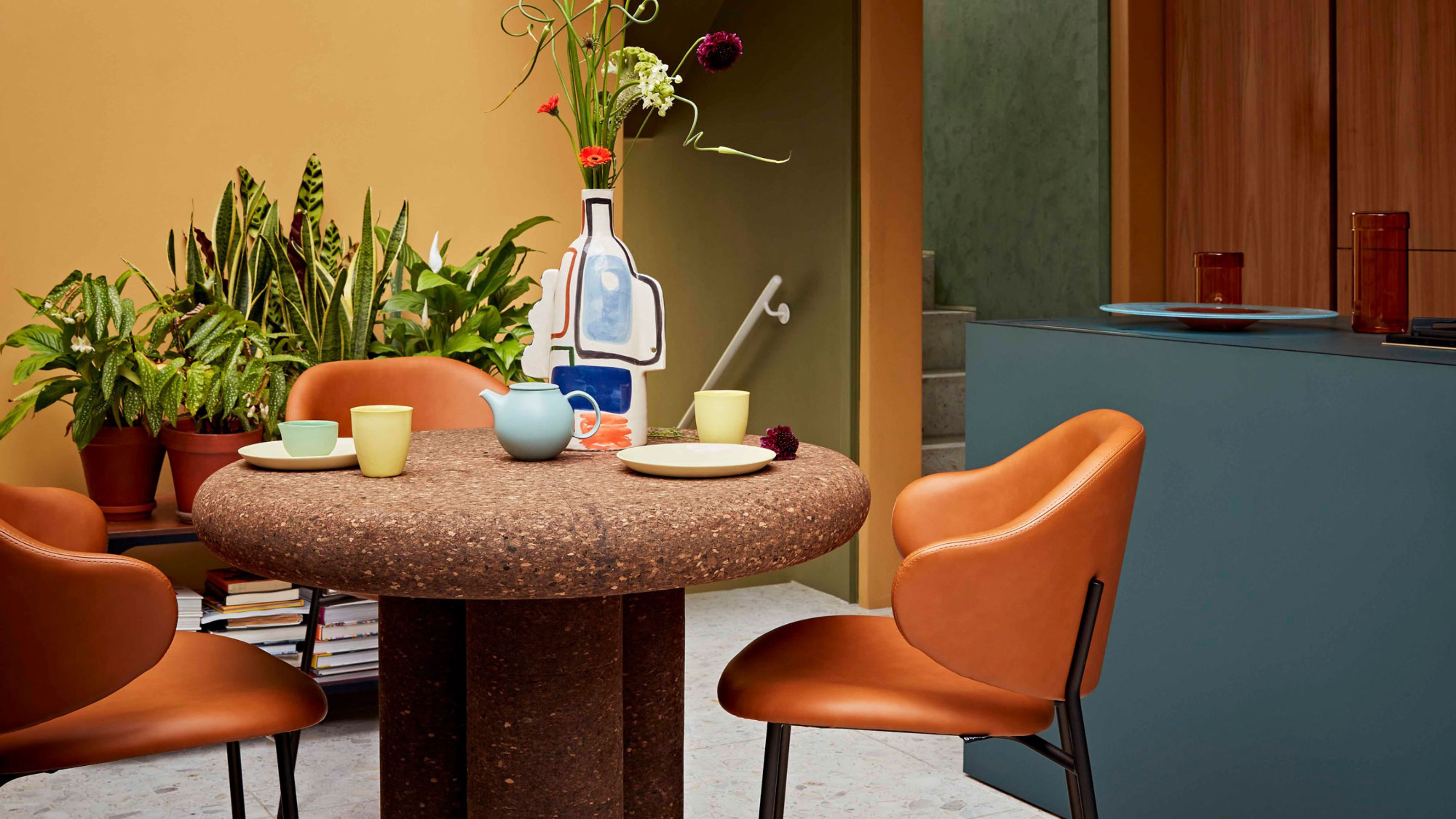 Cork Is the Cool, Sustainable, and Surprisingly Chic Material We Can't Stop Furnishing With Right Now
Cork Is the Cool, Sustainable, and Surprisingly Chic Material We Can't Stop Furnishing With Right NowIn honor of Earth Month, we’re toasting to cork... furniture, that is
By Julia Demer Published
-
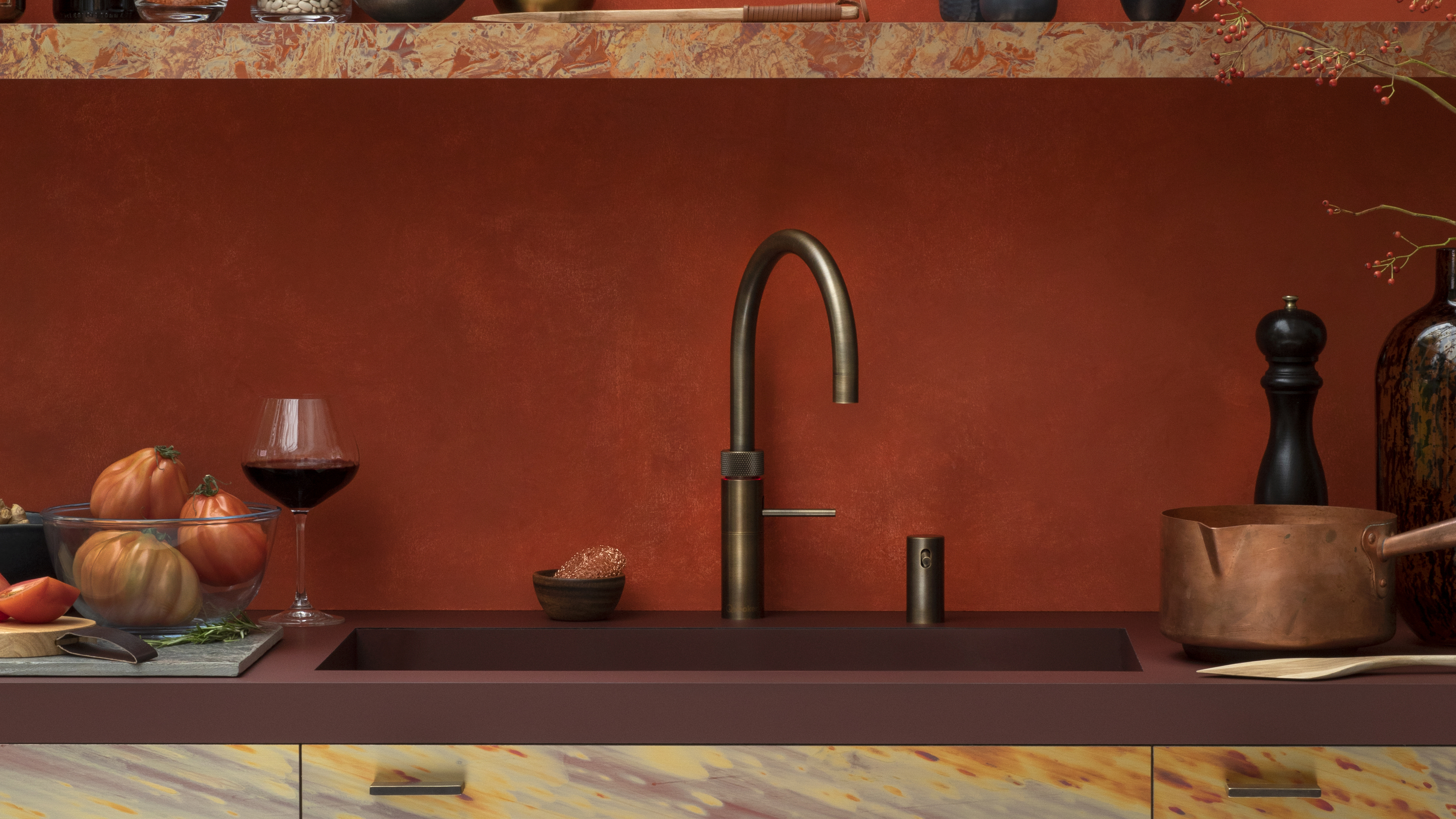 5 Problems With Boiling Water Taps That No One Ever Talks About — And How to Troubleshoot Them
5 Problems With Boiling Water Taps That No One Ever Talks About — And How to Troubleshoot ThemWe got our experts to spill the beans on the truth behind these kitchen staples
By Maya Glantz Published
-
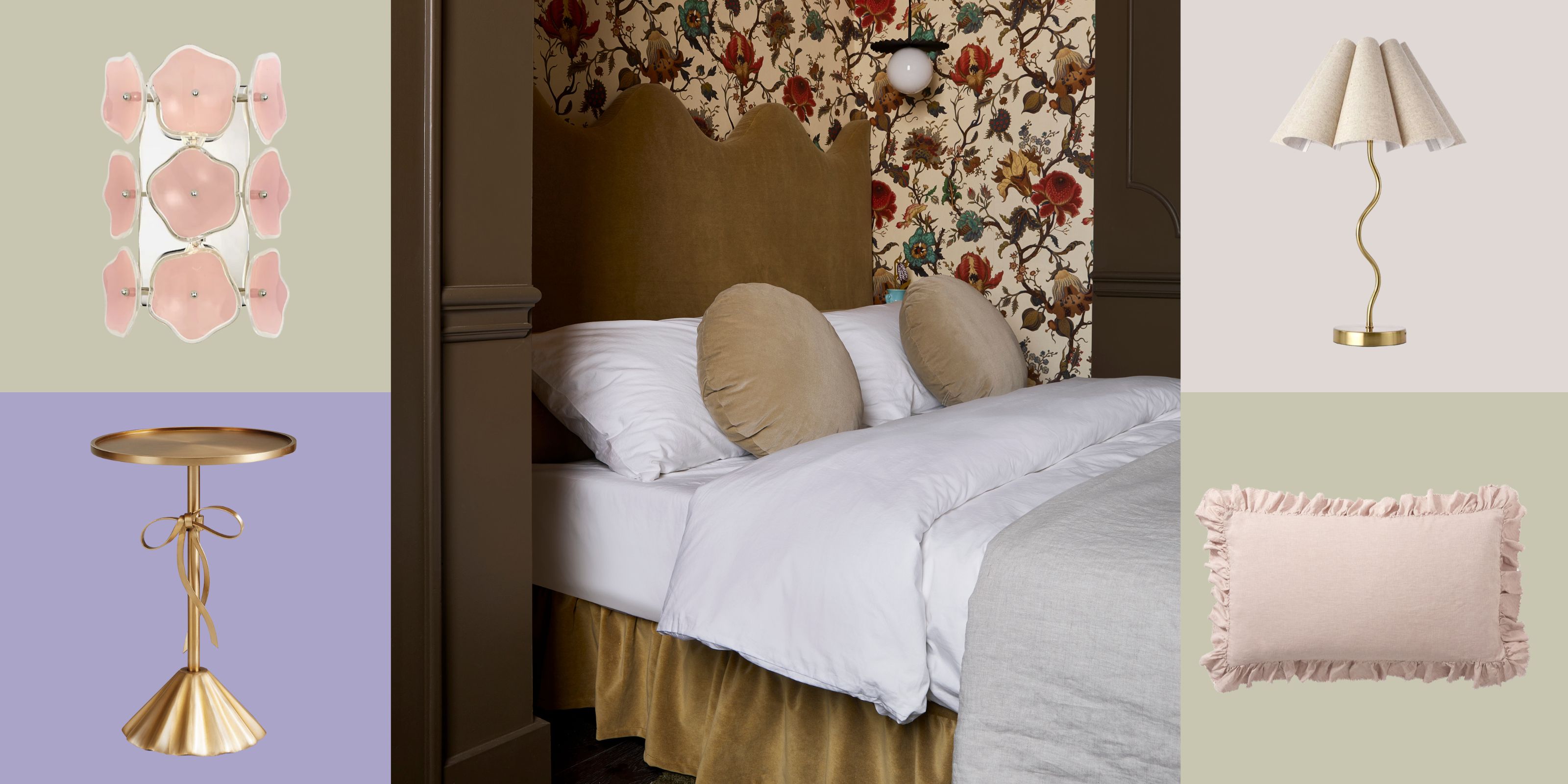 The Coquette Aesthetic Is Still Going Strong in Homes in 2025 — But Now It's Charming, Whimsical, and Has Modern Flair
The Coquette Aesthetic Is Still Going Strong in Homes in 2025 — But Now It's Charming, Whimsical, and Has Modern FlairA designer weighs in on how you can make the classic coquette trend feel modern while still retaining its whimsical elegance
By Devin Toolen Published
-
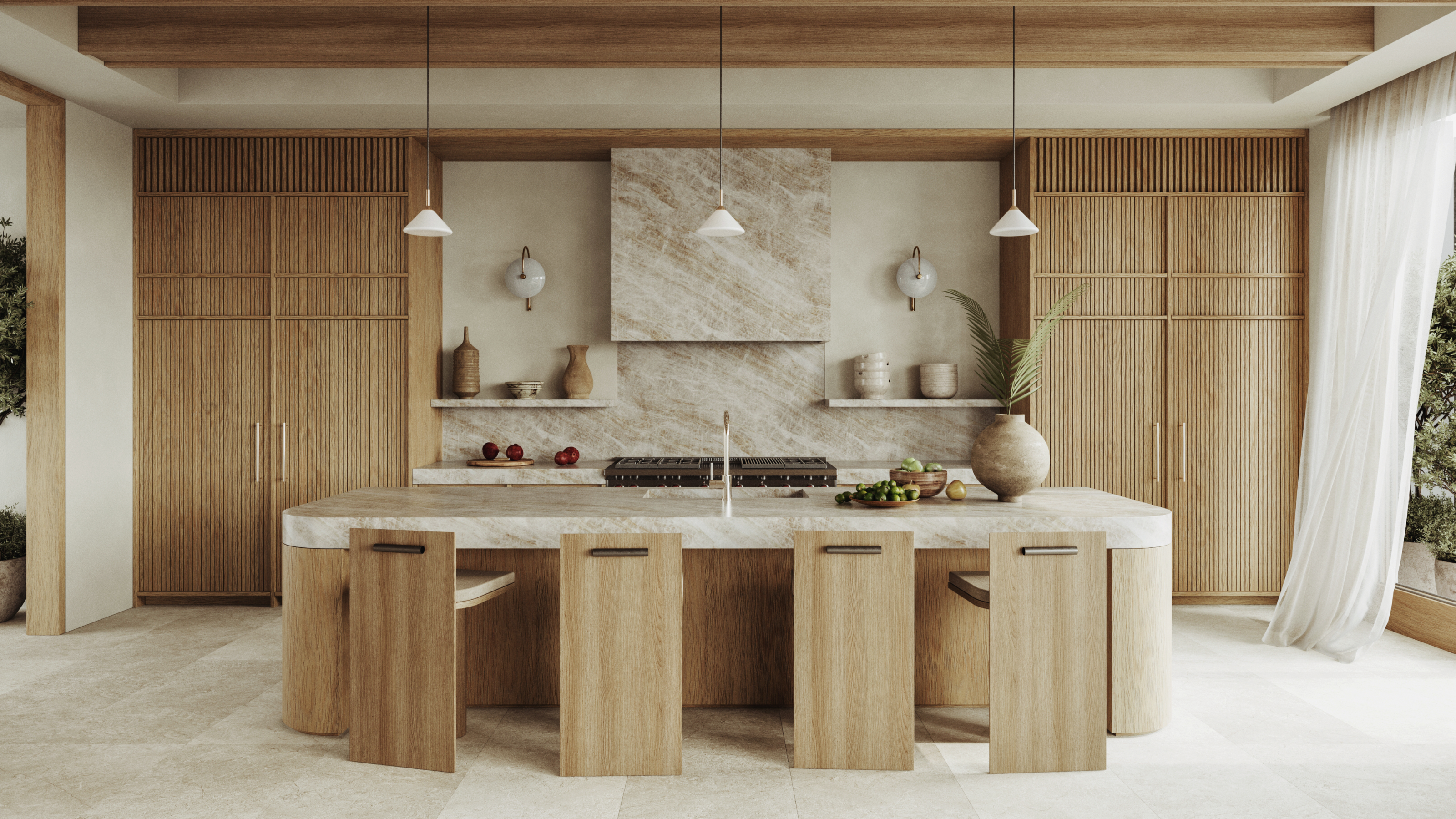 Does a Kitchen Need to Have a Door? The Pros and Cons (and Regulations) Explained
Does a Kitchen Need to Have a Door? The Pros and Cons (and Regulations) ExplainedAs popular as open-plan kitchens may be, they aren't for everyone. Our experts break down all the pros and cons of this design style.
By Maya Glantz Published
-
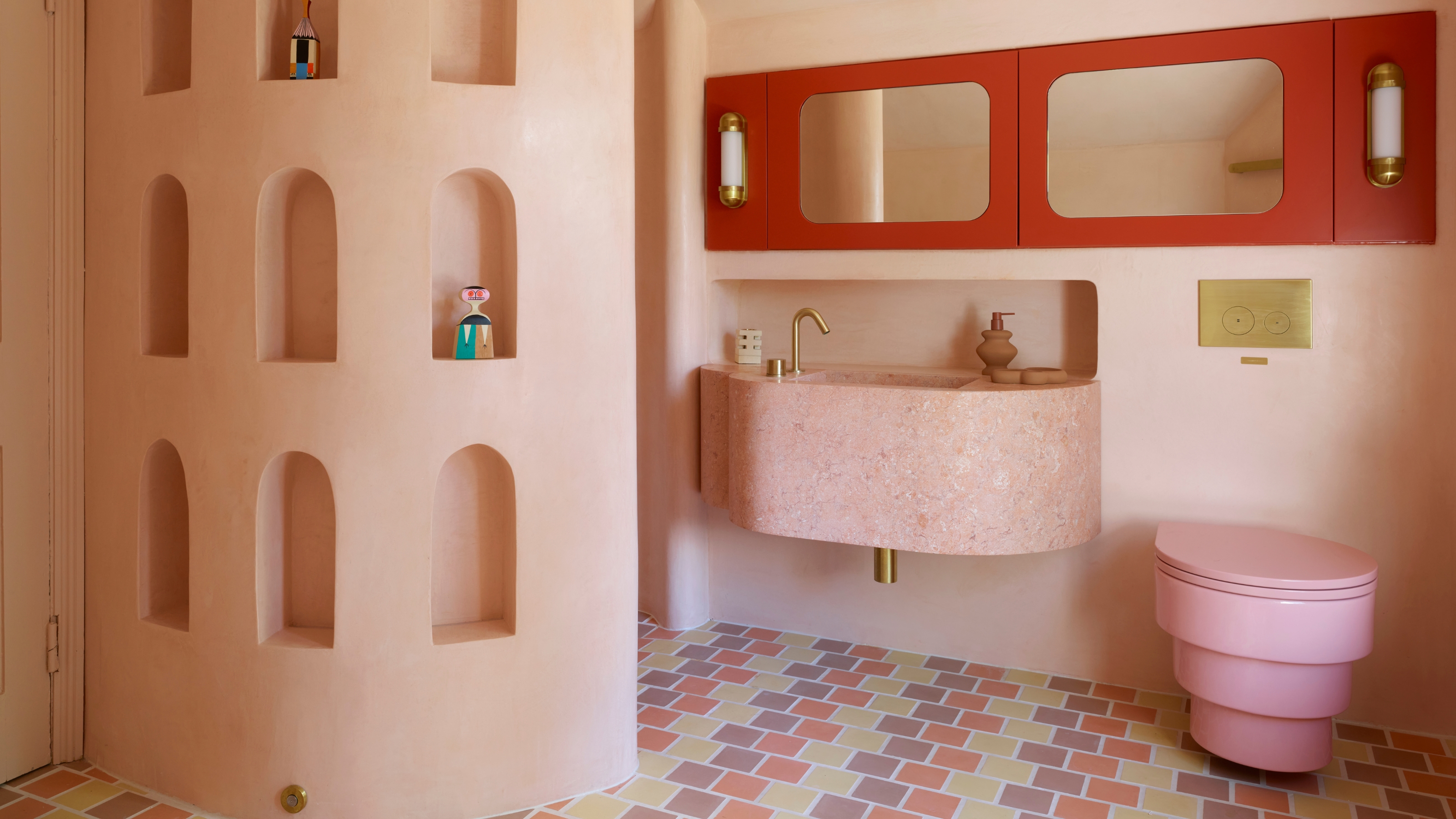 Spotted in the Coolest Bathrooms of the Moment — This Colorful-but-Divisive Trend Is the Idea You'll Either Love or Hate
Spotted in the Coolest Bathrooms of the Moment — This Colorful-but-Divisive Trend Is the Idea You'll Either Love or HateSee you later, sterile white. This playful plumbing trend is bringing color back to our bathrooms in an utterly unexpected way
By Olivia Wolfe Published